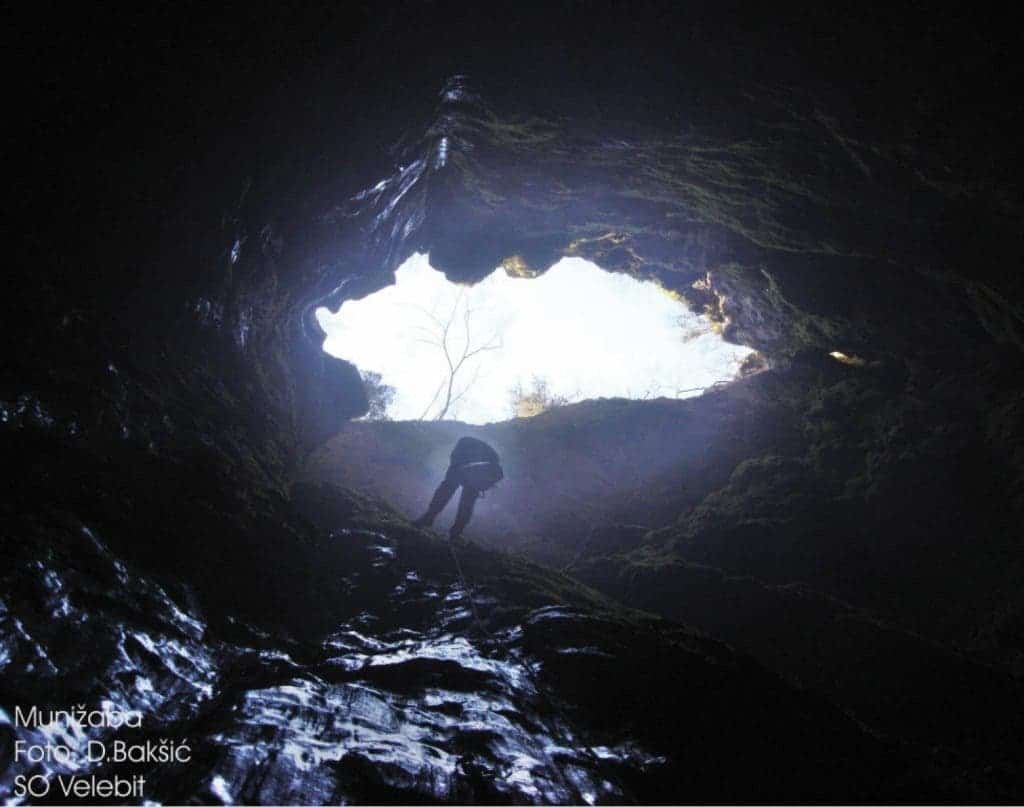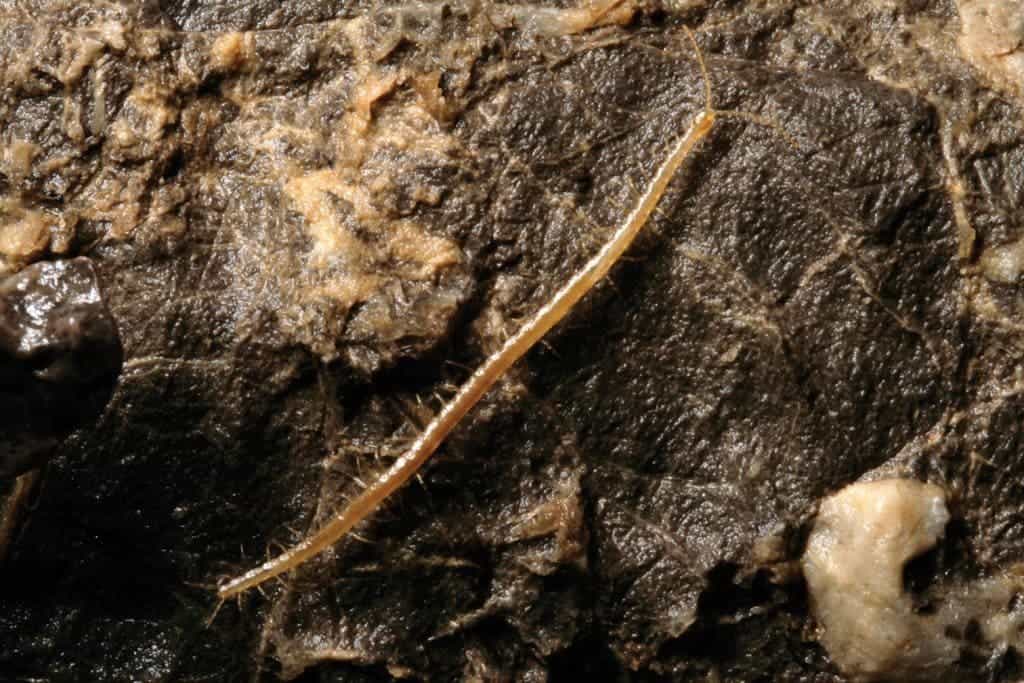Deep below ground level, 3,500 feet (1000 meters) down a Croatian cave, scientists have discovered a new species of centipede. They named this incredibly resilient creature Geophilus hadesi – earth loving Hades – in honor of Hades, the Greek God of the underworld and ruler of Hell.

Centipedes are elongated arthropods with one pair of legs per body segment. Despite the name, centipedes can have a varying number of legs from under 20 to over 300. Except for one species having 96 legs (48 pair), centipedes always have an odd number of pairs of legs—for example, 15 or 17 pair (30 or 34 legs), therefore no centipede has exactly 100 legs. They also have long curved claws which they use to grasp their prey and long antennae which help them find the prey in the dark environment in which they live in. However, as their discoverers explain, we don’t know that many details about their lifestyle, or about any cave-dwelling creatures really.
“When I first saw the animal and its striking appearance, I immediately realized that this is a new, hitherto unnamed and highly adapted to cave environment species. This finding comes to prove once again how little we know about the life in caves, where even in the best prospected areas, one can still find incredible animals,” Pavel Stoev, lead author of a study on the newly discovered creatures, said.

Like other species, Geophilus hadesi hunts smaller invertebrates, including worms, spiders and larvae. Because it lives in caves with little light, it lacks pigmentation. The species is part of a group called geophilomorphs who spend their entire lifecycles dwelling in caves (only two centipede species are known to do this).
“The change of a species’ appearance is usually a result of a long evolution that is likely to have happened [over] the course of millions of years,” said Stoev, who noted that the Hades centipede has also adapted to the deep caves’ cold temperatures, which can drop as low as 37 degrees Fahrenheit (3 degrees Celsius).
The centipede was discovered in the caves under Velebit, a massive mountain that stretches over 90 miles in the Dinaric Karst, while the other geophilomorph centipede, Geophilus persephones was discovered in the 1990s in a cave in France. Scientists aren’t sure what pushed these species to move to caves in the first place.

“It could be a dramatic change in the outside temperatures and overall conditions that forced less-adaptive organisms to seek shelter underground where the conditions are more stable and less dependent on the outside fluctuations,” Stoev said.
The discovery of the centipede is yet another reminder that we still have much to understand about the environment and the biodiversity in caves.
You can read the entire scientific article for free, here.






